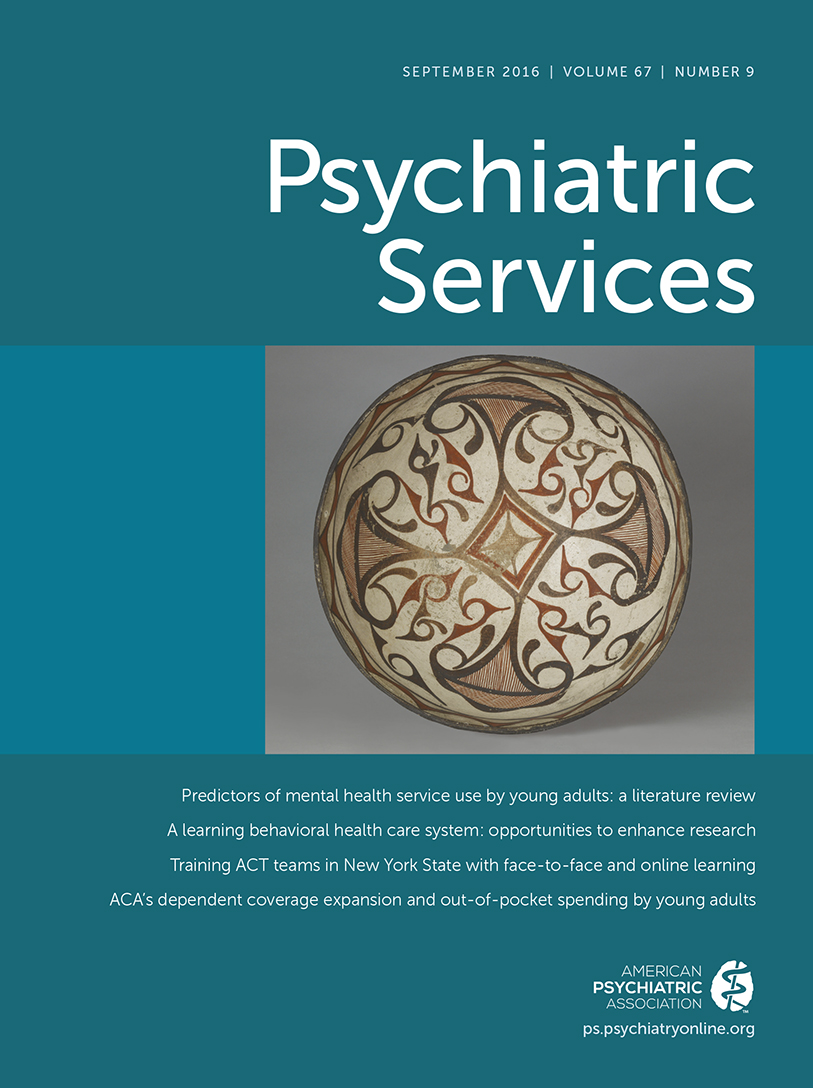National Trends in ADHD Diagnosis and Treatment: Comparison of Youth and Adult Office-Based Visits
Abstract
Objectives:
The study objective was to assess national trends in the diagnosis of attention-deficit hyperactivity disorder (ADHD) in outpatient visits by comparing adults and youths. Also examined were recent stimulant prescribing patterns for ADHD visits by youths and adults.
Methods:
Databases from the 1999–2010 National Ambulatory Medical Care Survey and National Hospital Ambulatory Medical Care Survey were used in this cross-sectional study to analyze outpatient visit data of youths (ages two to 17 years; unweighted N=112,404) and adults (ages 18–64; unweighted N=426,209). The 12-year trends in ADHD visits were assessed as a proportion of youth and adult visits. The interaction of time period and age group was added to multivariable and weighted logistic regression models to assess whether trends in ADHD diagnosis differed by age group.
Results:
As a percentage of total visits, those involving an ADHD diagnosis were more common among youths than adults. However, from 1999 through 2010, the percentage of total visits involving a diagnosis of ADHD increased proportionally more among adult visits (from .3%, unweighted N=363 of 132,065, to .7%, unweighted N=1,015 of 154,764; adjusted odds ratio [AOR]=2.7, 95% confidence interval [CI]=2.1–3.7) than among youth visits (from 3.9%, unweighted N=2,033 of 36,263, to 5.2%, unweighted N=2,609 of 37,906; AOR=1.3, CI=1.1–1.6; p<.001). ADHD visits by adults compared with those by youths represented significantly greater proportions of females, Caucasians, patients with private insurance, and visits with a psychiatrist. Stimulant prescribing was common in ADHD visits regardless of age group (>70%).
Conclusions:
As a percentage of total office-based visits, those at which ADHD was diagnosed increased more among adults than among youths from 1999 to 2010. Further research is warranted on the appropriateness, benefit-risk, and policy implications of stimulant use among adults with ADHD.



